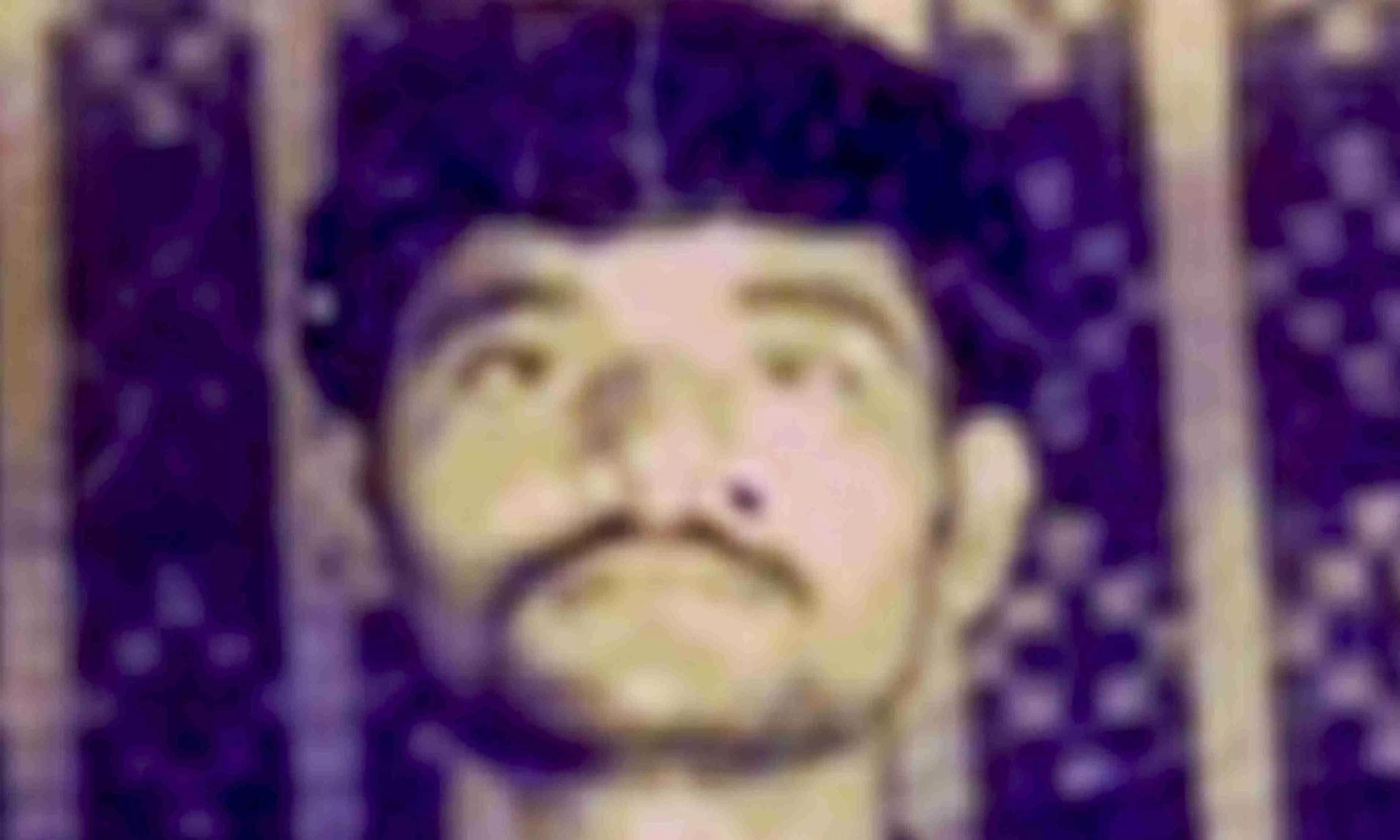
How Karregutta ops became the beginning of the end of Maoist leader Basava Raju
The killing of Basava Raju was the culmination of a four-day operation in Abujhmad, but the foundation was laid by the Karregutta hills campaign

It did not happen in a day. Step by step, assault forces went in. And brick by brick, security infrastructure was laid and reinforced in the Maoist strongholds of Chhattisgarh, resulting in Wednesday’s (May 21) elimination of Maoist fountainhead and general secretary of Communist Party of India (Maoist) Nambala Keshava Rao alias Basava Raju, along with around two dozen bodyguards, say officials.
The operation carried out by the Central Reserve Police Force (CRPF) and Chhattisgarh police in Karregutta hills — which lies on the state’s border with Telangana — between April 21 and May 11 was the most recent example of security forces getting inside a Maoist stronghold, inflicting huge damage to the rebels and their resources, and coming out unscathed.
31 Maoists killed in 21 encounters
During the Karregutta hills campaign, 21 encounters took place between security forces and Maoists, resulting in the killing of 31 rebels, most of whom belonged Battalion 1, the strongest of the People’s Liberation Guerrilla Army of the CPI (Maoist).
Also read: ‘Historic breakthrough’ in making India Naxal-free: Shah on Karregutta ops
“The operation disintegrated the Maoists and forced them to break into smaller groups of 20 to 30 people instead of 300 to 400 outlaws roaming together, giving them numerical strength,” said a security official involved in the planning and execution of the operation who spoke on the condition of anonymity.
And since the Maoists are roaming in smaller groups, they can be taken care of by local police in Chhattisgarh, which in effect happened on Wednesday, when the District Reserve Guard (DRG), the anti-Maoist arm of the state police at the district level managed to shoot dead Basava Raju.
A message to locals
Officials say the Karregutta campaign also showed the local population that the Maoists were not invincible and even their so-called citadels can be easily breached.
“The success of the operation not only sent a message to the people of the area who have been living under Maoist threats but also lifted the morale of security forces and instilled a confidence in them that they can successfully take on the rebels in their stronghold and force them to flee,” added the official.
Also read: 26 Maoists killed in encounter with security forces in Chhattisgarh
Officials added that the operation led to a severe depletion of weapons and explosives for the Maoists, who were fabricating these in Karregutta hills. These facilities were also destroyed during the campaign.
“At the time of the Karregutta campaign, I had said this was the beginning of the end and it’s happening now,” said CRPF chief GP Singh who himself camped in Chhattisgarh during the campaign.
Culmination of a four-day chase
The killing of Basava Raju was the culmination of a four-day-long operation launched by Chhattisgarh police in Abujhmad, which is another stronghold of Maoists.
“We had information of about the movement of an armed group of Maoists there. It was also suspected that the leaders of the party might be a part of the group. We were chasing them for four days. Twice, we exchanged fire with them and also recovered their dumps, which included their communication devices and weapons, which the group left while fleeing. Finally, an encounter broke out in which Basava Raju was killed too,” said Vivekanand Sinha, Chhattisgarh Additional Director General of Police (Anti-Naxal).

